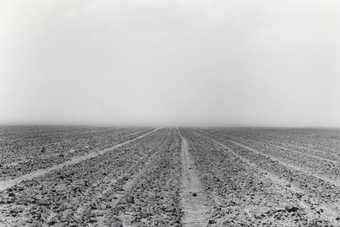
Santu Mofokeng, Dust Storms at Noon on the R34 Between Welkom and Hennenman, Free State I 2007, printed 2011. Tate. © Santu Mofokeng, courtesy Maker, Johannesburg.
Photography & Environment
Explore photographs that trace the environmental and human impact of industrial activity on the natural world
Photography was invented in the early 19th century. From the start, it was used to record landscapes and how they change over time. Some made photographic records to measure, control and claim ownership of land.
Industrial expansion and the development of technology transformed how people lived and worked. This paralleled the development of photography. Technological changes triggered population growth, massive extraction of natural resources, environmental destruction and pollution.
The destructive effects of large-scale industry continue to impact the whole world. The interrelated causes and consequences of the environmental crisis are complex. Photography can show, or help us imagine, how global capitalism affects the planet and its inhabitants. Photographers and artists have responded in different ways. You can explore a range of these strategies in this display.
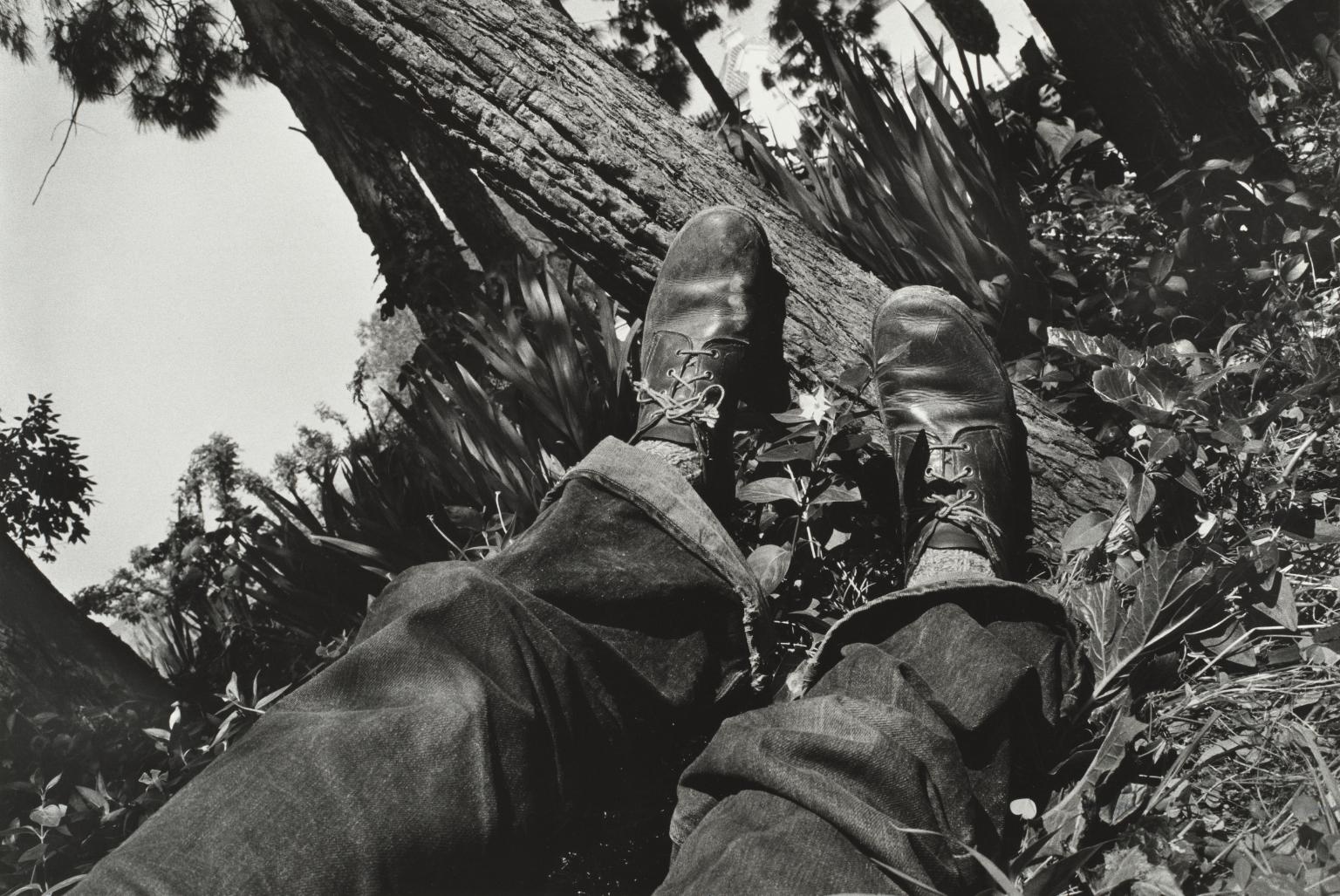
Josef Koudelka, Spain 1975
1/20
artworks in Photography & Environment
Josef Koudelka, Czechoslovakia, Slovakia, Zehra 1967
Josef Koudelka’s first photography series, Gypsies, captures the daily lives of Roma communities in Bohemia, Moravia and Slovakia (then Czechoslovakia), as well as Hungary, France, Romania and Spain. The series documents a period of post-war upheaval when Roma people were undergoing forced integration and persecution across Europe. Using a 25mm wide-angle lens, Koudelka was able to immerse himself in intimate settings and small spaces. Known as ‘Ikonar’ (maker of icons) by some of the communities he worked with, he captured Roma traditions, struggles and resilience in striking compositions.
Gallery label, March 2025
2/20
artworks in Photography & Environment
Josef Koudelka, Czechoslovakia, Slovakia, Zehra 1967
Josef Koudelka’s first photography series, Gypsies, captures the daily lives of Roma communities in Bohemia, Moravia and Slovakia (then Czechoslovakia), as well as Hungary, France, Romania and Spain. The series documents a period of post-war upheaval when Roma people were undergoing forced integration and persecution across Europe. Using a 25mm wide-angle lens, Koudelka was able to immerse himself in intimate settings and small spaces. Known as ‘Ikonar’ (maker of icons) by some of the communities he worked with, he captured Roma traditions, struggles and resilience in striking compositions.
Gallery label, March 2025
3/20
artworks in Photography & Environment
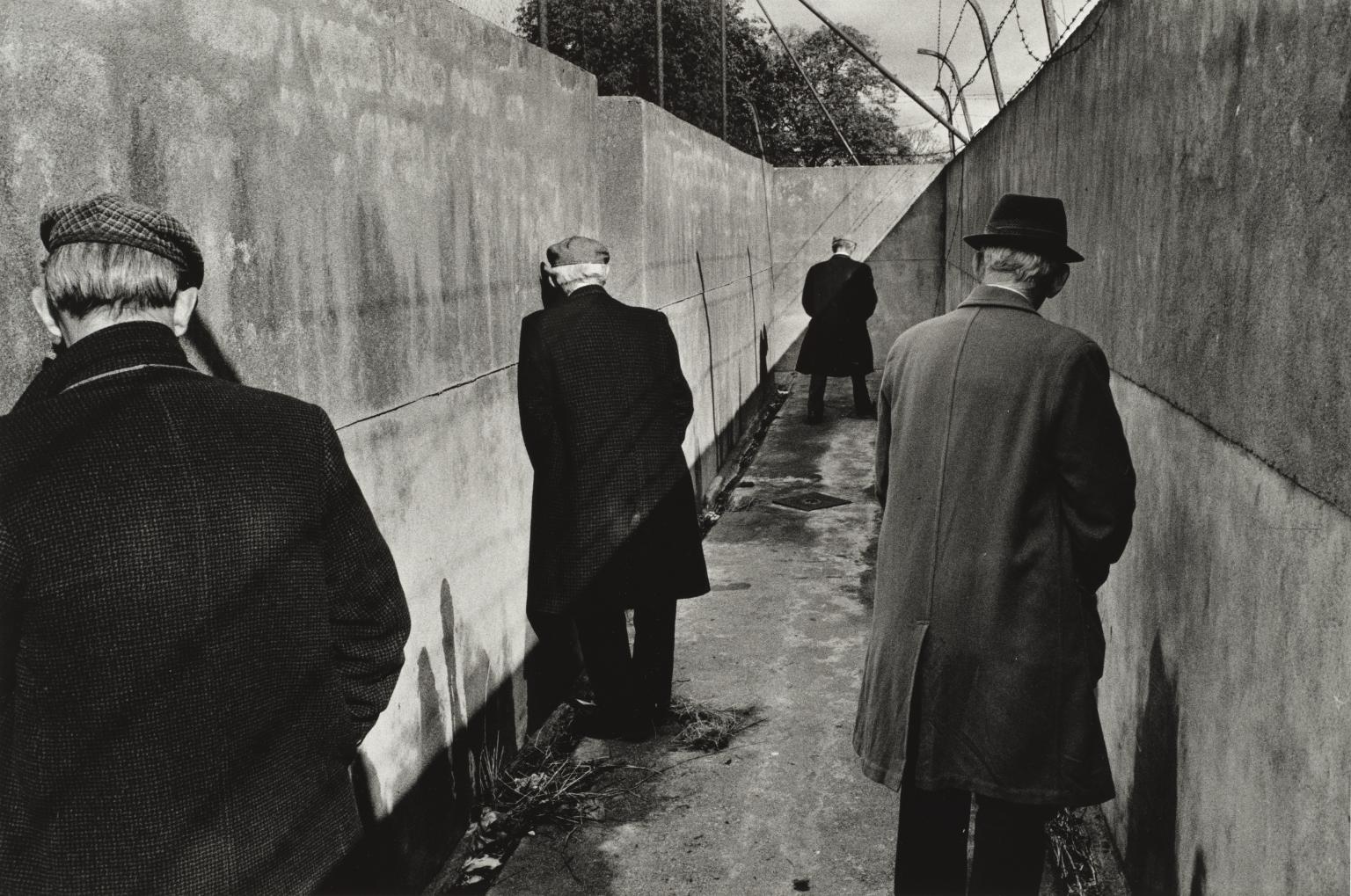
Josef Koudelka, Ireland 1976
4/20
artworks in Photography & Environment
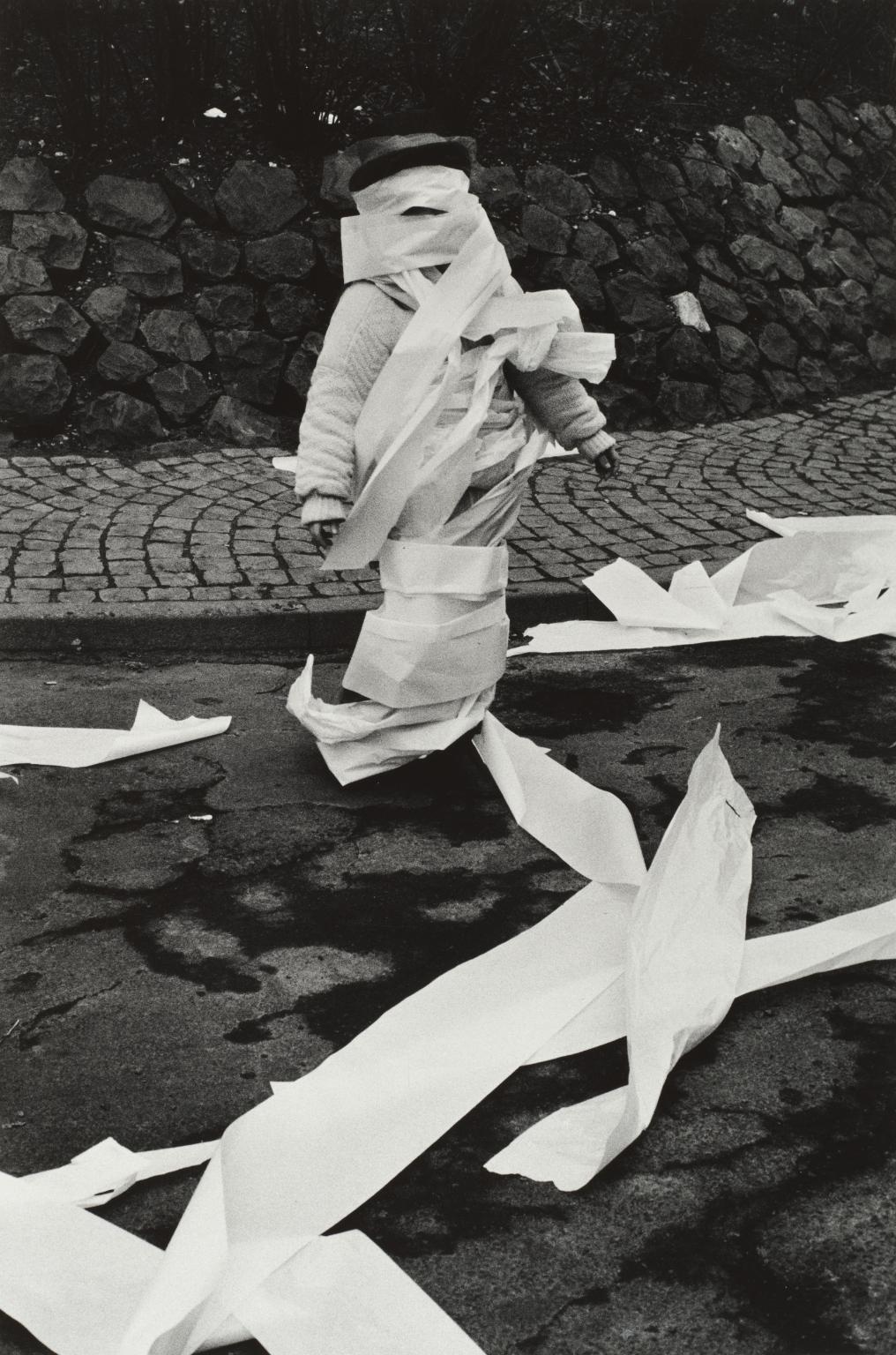
Josef Koudelka, Germany 1979
5/20
artworks in Photography & Environment
Josef Koudelka, Czechoslovakia, Slovakia, Rakasy 1966
6/20
artworks in Photography & Environment
Josef Koudelka, Romania 1968
Josef Koudelka’s first photography series, Gypsies, captures the daily lives of Roma communities in Bohemia, Moravia and Slovakia (then Czechoslovakia), as well as Hungary, France, Romania and Spain. The series documents a period of post-war upheaval when Roma people were undergoing forced integration and persecution across Europe. Using a 25mm wide-angle lens, Koudelka was able to immerse himself in intimate settings and small spaces. Known as ‘Ikonar’ (maker of icons) by some of the communities he worked with, he captured Roma traditions, struggles and resilience in striking compositions.
Gallery label, March 2025
7/20
artworks in Photography & Environment
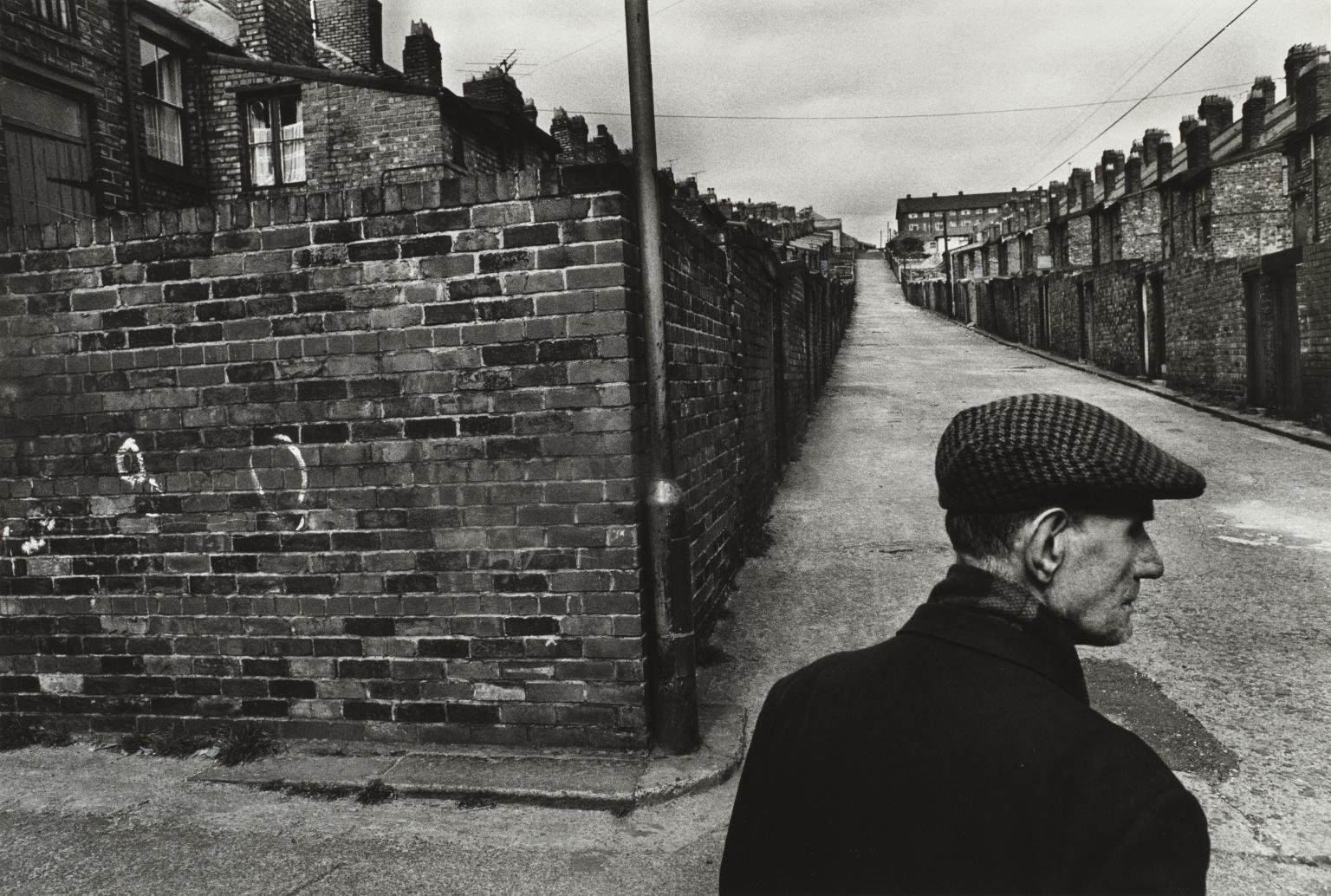
Josef Koudelka, England 1976
In Exiles, Josef Koudelka documents his travels across Europe after fleeing Czechoslovakia in 1970. He remained stateless until 1987 when he received French citizenship. This time in his life was characterised by a desire for freedom and a constant state of restlessness. According to Koudelka, he never stayed anywhere longer than three months. Exiles reflects his sense of displacement and discovery of both himself and his surroundings. His photographs of desolate landscapes, abandoned urban scenes and solitary moments show his understanding of complex composition and tone.
Gallery label, March 2025
8/20
artworks in Photography & Environment
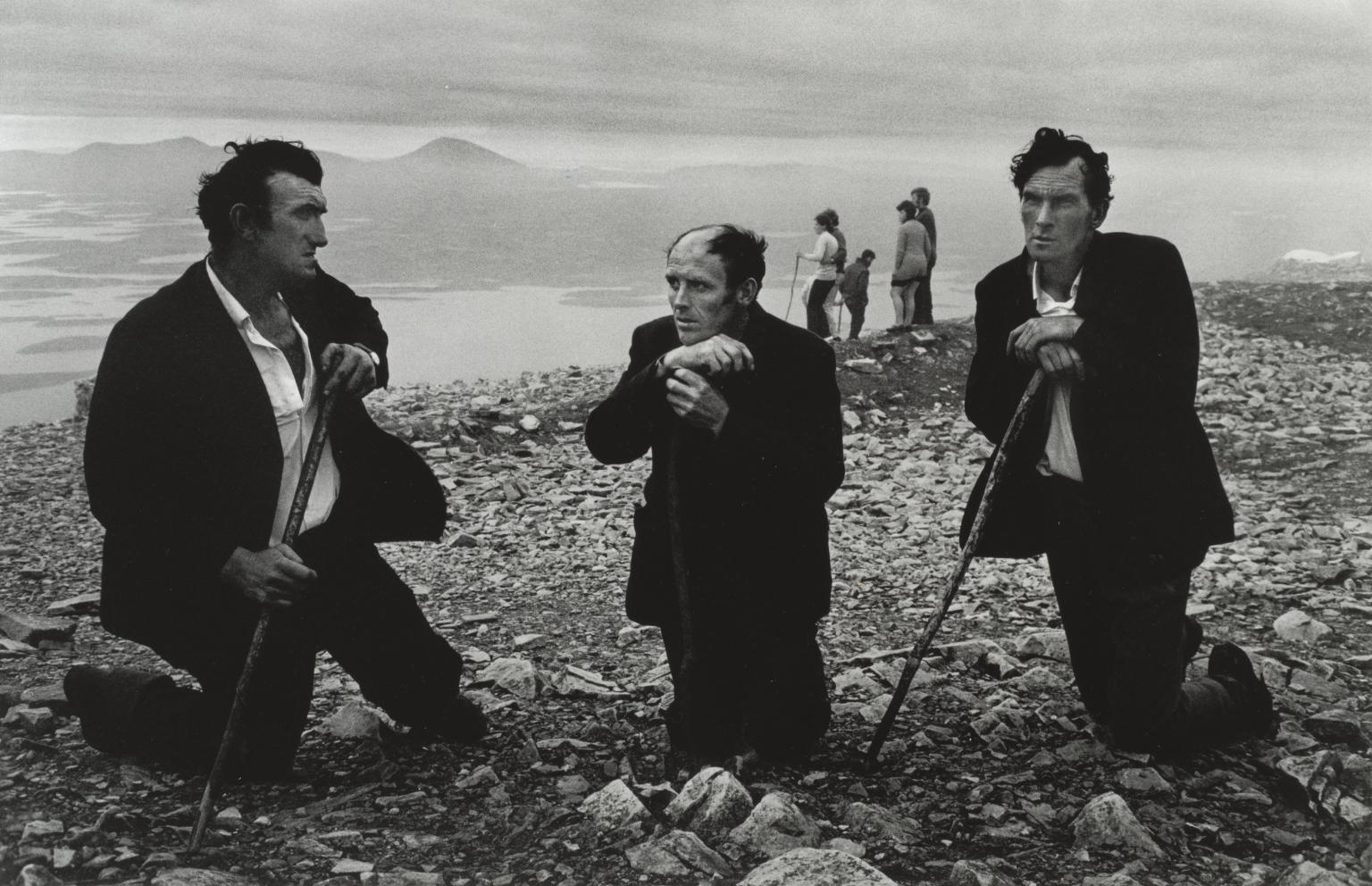
Josef Koudelka, Ireland 1972
9/20
artworks in Photography & Environment
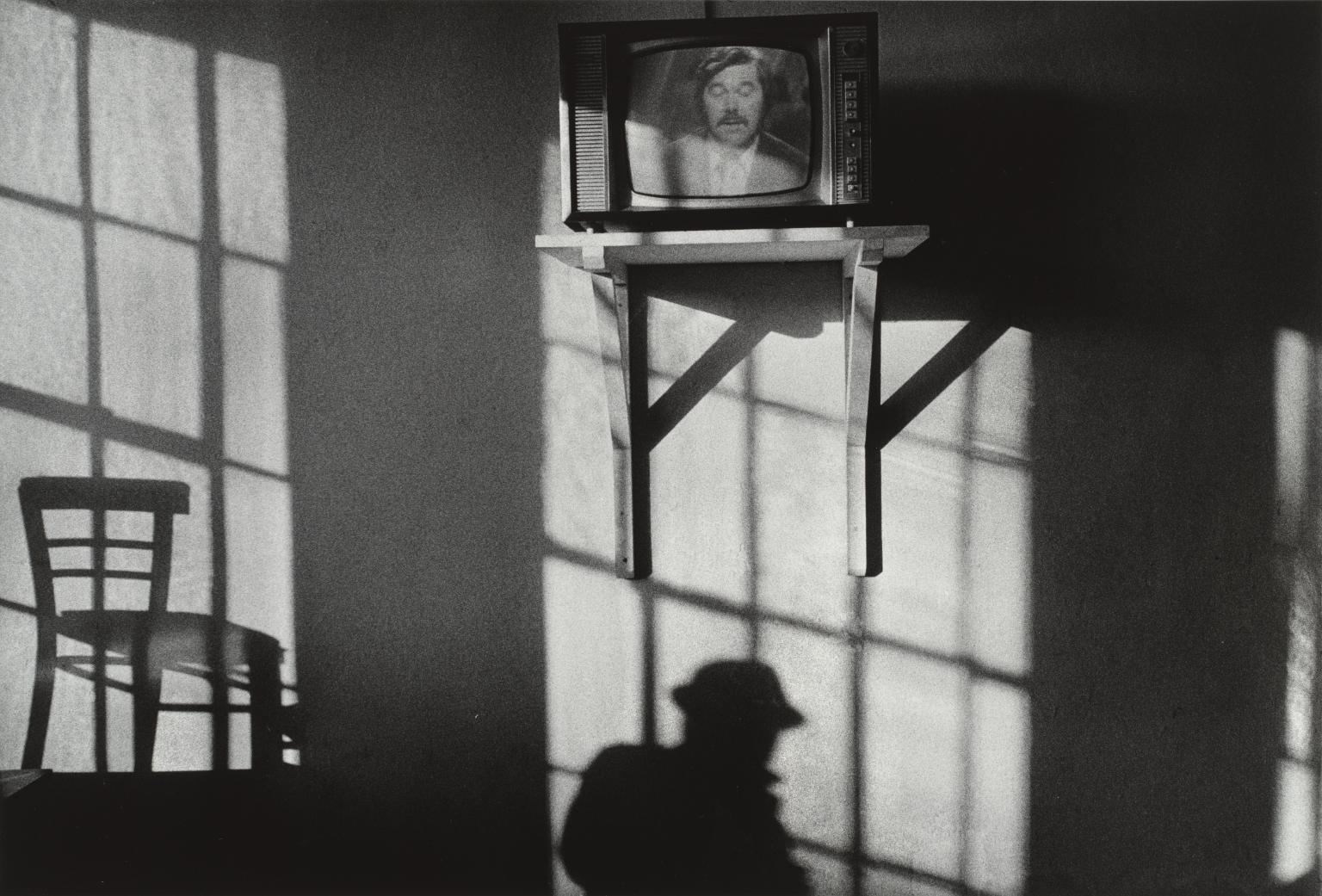
Josef Koudelka, Wales 1974
10/20
artworks in Photography & Environment
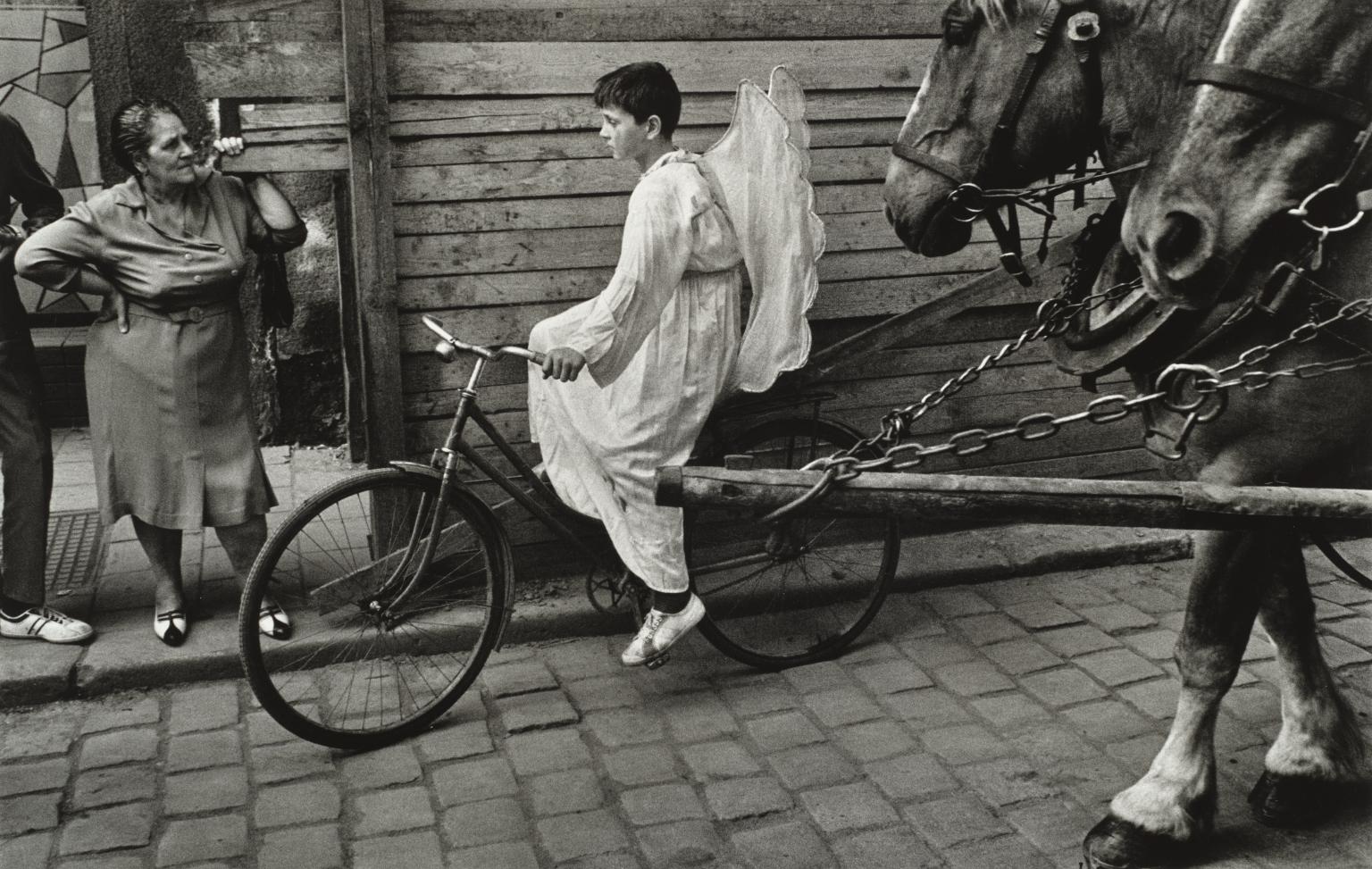
Josef Koudelka, Czechoslovakia 1968
11/20
artworks in Photography & Environment
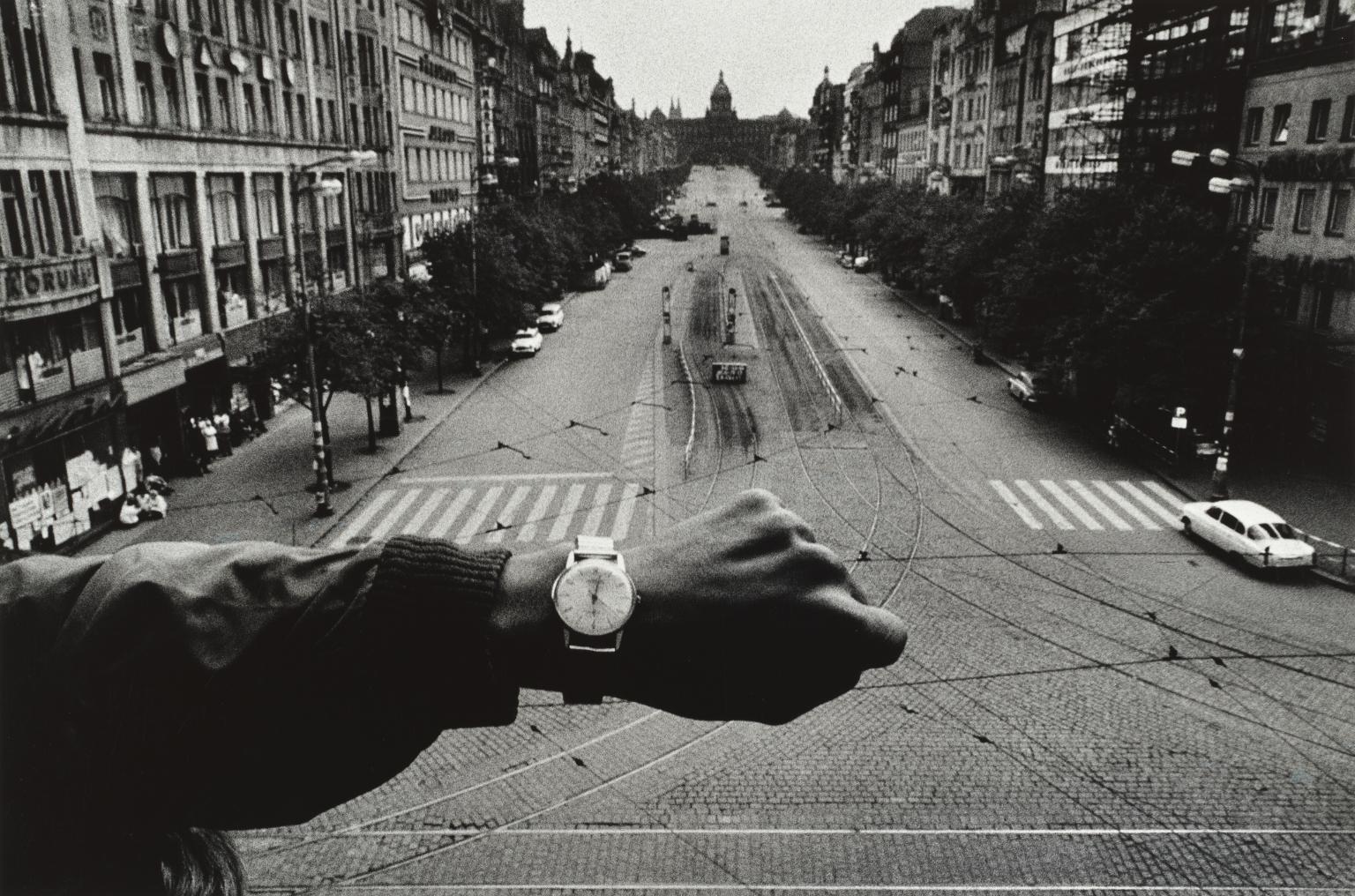
Josef Koudelka, On 22 and 23 August, Wenceslas Square was Cleared of People, August 1968 1968, printed 1970s
This image of an arm held up against Prague’s Wenceslas Square has become Josef Koudelka’s most iconic photograph. The usually bustling square is eerily quiet. For a long time, Koudelka thought he had taken the photograph at 6pm. This would have been proof the Czechoslovakian people had not fallen for a Soviet ruse to attend an evening protest and given the soldiers an excuse to attack. Years later, however, he realised the watch read 12 noon when the square had also been cleared.
Gallery label, March 2025
12/20
artworks in Photography & Environment
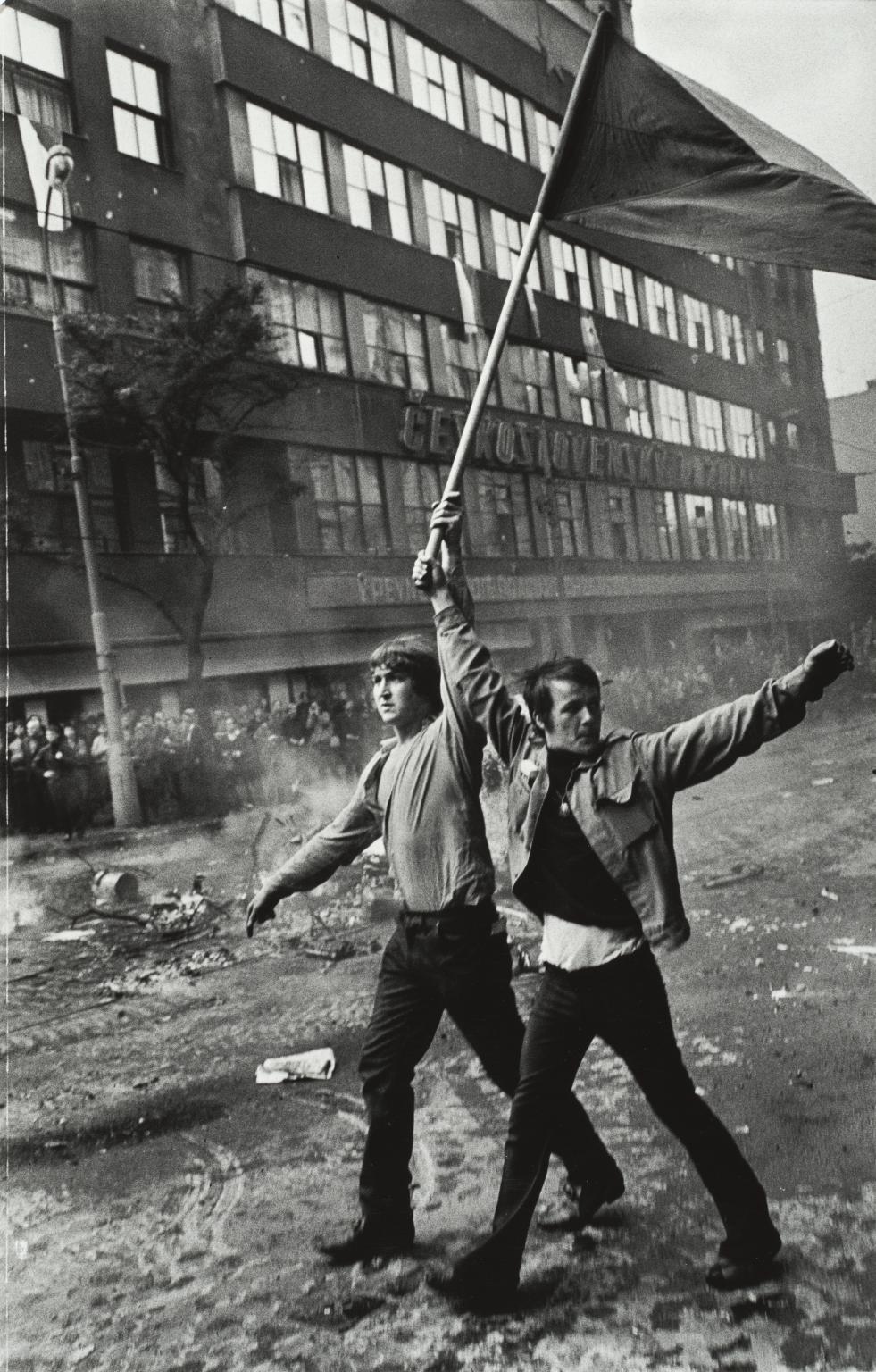
Josef Koudelka, Defending the Czechoslovak Radio Building, Prague, August 1968 1968, printed 1970s
‘The Russian invasion of Czechoslovakia in August 1968 concerned my life directly. It was my country. I took these photographs for myself, not for a magazine. It was only by chance that they were published. I wasn’t a reporter. I had never photographed anything that you would call ‘news’. Suddenly, for the first time in my life, I was confronted with that kind of situation. I responded to it. I knew it was important to photograph, so I photographed.’
Taken with remarkable proximity, Josef Koudelka’s photographs were first shown to the international public the following year. For his safety, they were credited to ‘an unknown photographer’.
Gallery label, March 2025
13/20
artworks in Photography & Environment
Josef Koudelka, Czechoslovakia, Slovakia, Kendice 1966
14/20
artworks in Photography & Environment
Josef Koudelka, Czechoslovakia, Slovakia, Klenovec 1967
Josef Koudelka’s first photography series, Gypsies, captures the daily lives of Roma communities in Bohemia, Moravia and Slovakia (then Czechoslovakia), as well as Hungary, France, Romania and Spain. The series documents a period of post-war upheaval when Roma people were undergoing forced integration and persecution across Europe. Using a 25mm wide-angle lens, Koudelka was able to immerse himself in intimate settings and small spaces. Known as ‘Ikonar’ (maker of icons) by some of the communities he worked with, he captured Roma traditions, struggles and resilience in striking compositions.
Gallery label, March 2025
15/20
artworks in Photography & Environment
Josef Koudelka, Czechoslovakia, Prague, August 21st, 1968. Warsaw Pact tanks invade Prague, near the Radio headquarters, crowds push back the first tank 1968
‘The Russian invasion of Czechoslovakia in August 1968 concerned my life directly. It was my country. I took these photographs for myself, not for a magazine. It was only by chance that they were published. I wasn’t a reporter. I had never photographed anything that you would call ‘news’. Suddenly, for the first time in my life, I was confronted with that kind of situation. I responded to it. I knew it was important to photograph, so I photographed.’
Taken with remarkable proximity, Josef Koudelka’s photographs were first shown to the international public the following year. For his safety, they were credited to ‘an unknown photographer’.
Gallery label, March 2025
16/20
artworks in Photography & Environment
Josef Koudelka, Ireland 1970
Josef Koudelka’s first photography series, Gypsies, captures the daily lives of Roma communities in Bohemia, Moravia and Slovakia (then Czechoslovakia), as well as Hungary, France, Romania and Spain. The series documents a period of post-war upheaval when Roma people were undergoing forced integration and persecution across Europe. Using a 25mm wide-angle lens, Koudelka was able to immerse himself in intimate settings and small spaces. Known as ‘Ikonar’ (maker of icons) by some of the communities he worked with, he captured Roma traditions, struggles and resilience in striking compositions.
Gallery label, March 2025
17/20
artworks in Photography & Environment
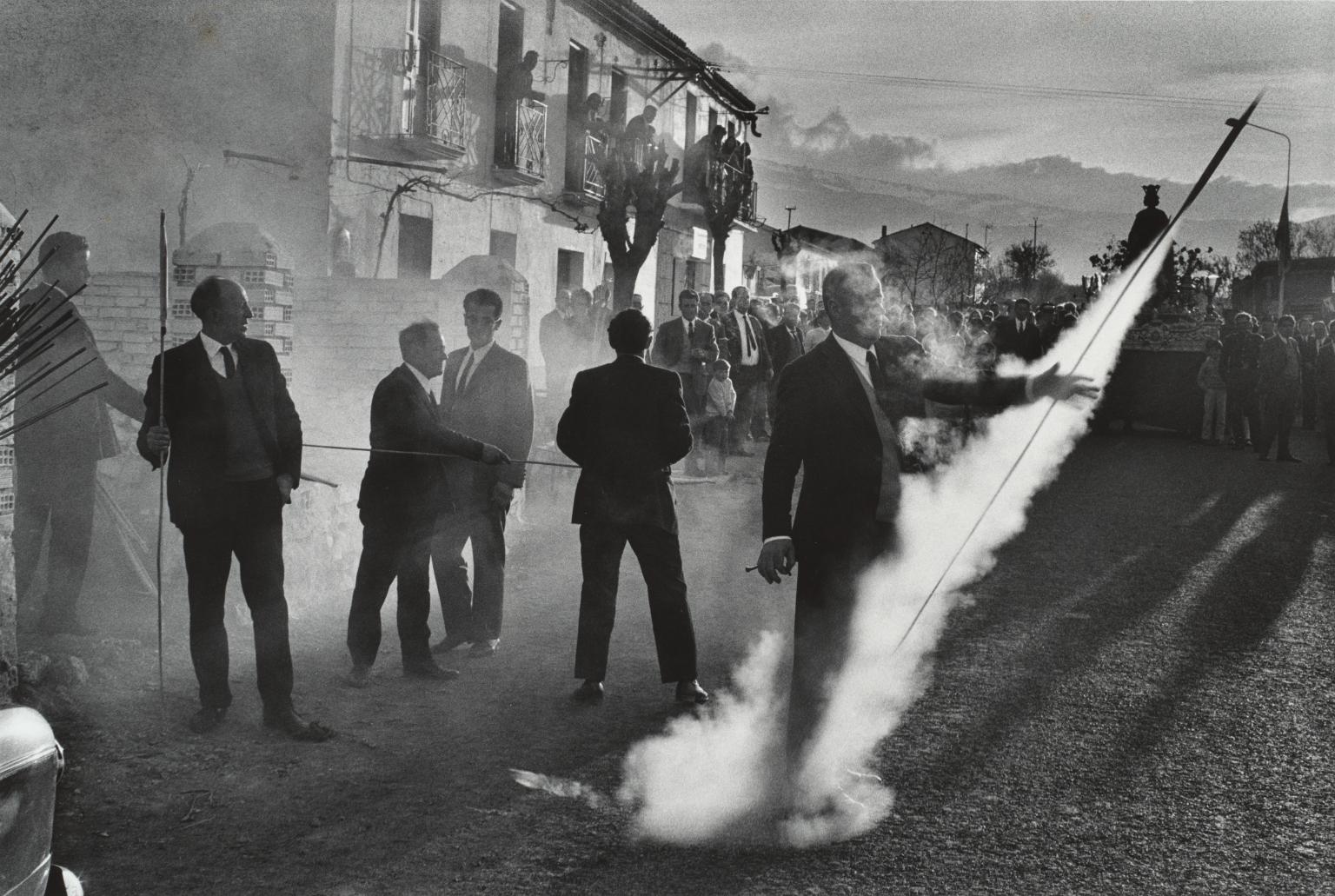
Josef Koudelka, Spain 1971
In Exiles, Josef Koudelka documents his travels across Europe after fleeing Czechoslovakia in 1970. He remained stateless until 1987 when he received French citizenship. This time in his life was characterised by a desire for freedom and a constant state of restlessness. According to Koudelka, he never stayed anywhere longer than three months. Exiles reflects his sense of displacement and discovery of both himself and his surroundings. His photographs of desolate landscapes, abandoned urban scenes and solitary moments show his understanding of complex composition and tone.
Gallery label, March 2025
18/20
artworks in Photography & Environment
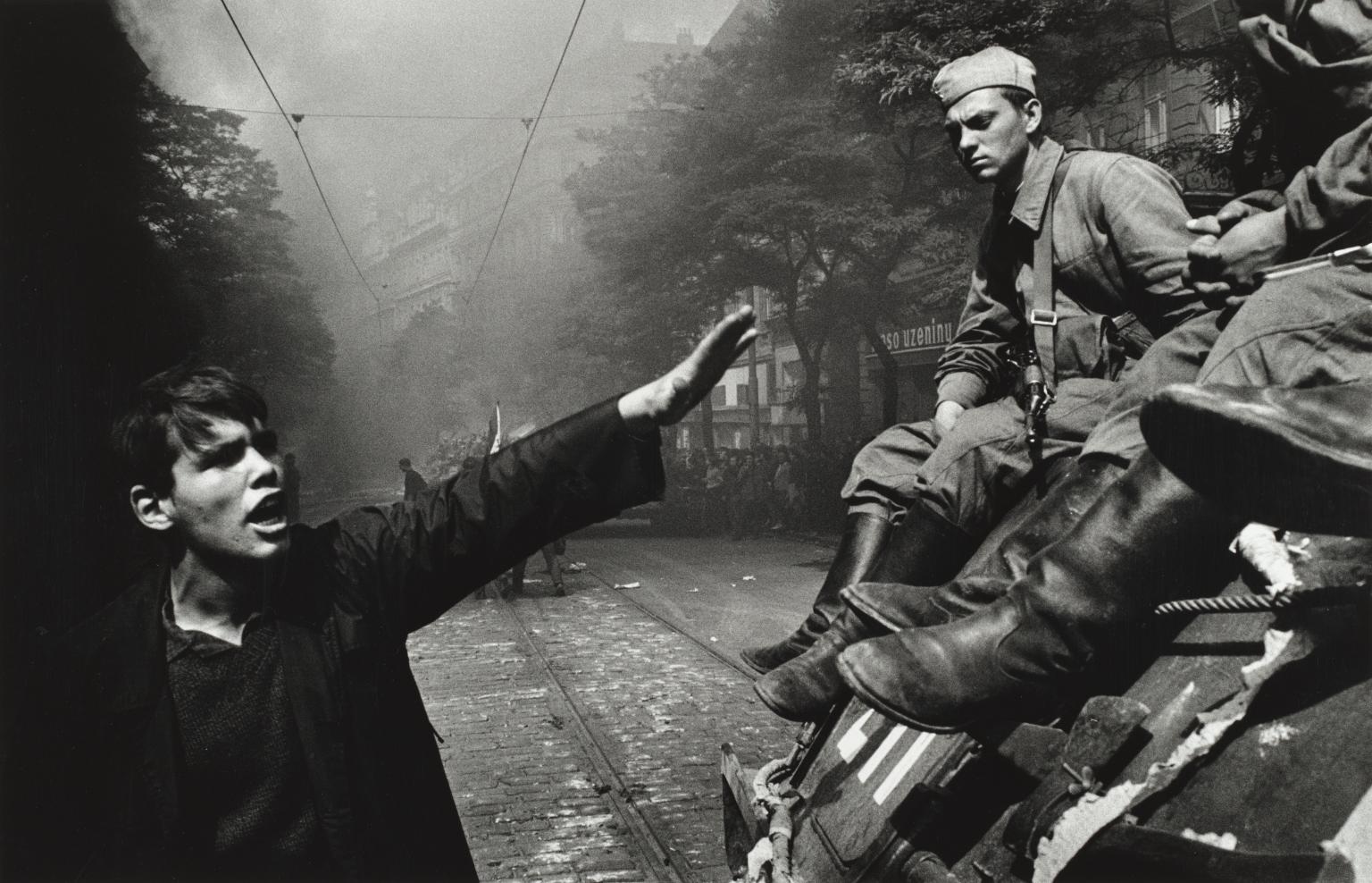
Josef Koudelka, At the Czechoslovak Radio Building, Vinohradská Avenue, Prague, August 1968 1968, printed 1970s
‘The Russian invasion of Czechoslovakia in August 1968 concerned my life directly. It was my country. I took these photographs for myself, not for a magazine. It was only by chance that they were published. I wasn’t a reporter. I had never photographed anything that you would call ‘news’. Suddenly, for the first time in my life, I was confronted with that kind of situation. I responded to it. I knew it was important to photograph, so I photographed.’
Taken with remarkable proximity, Josef Koudelka’s photographs were first shown to the international public the following year. For his safety, they were credited to ‘an unknown photographer’.
Gallery label, March 2025
19/20
artworks in Photography & Environment
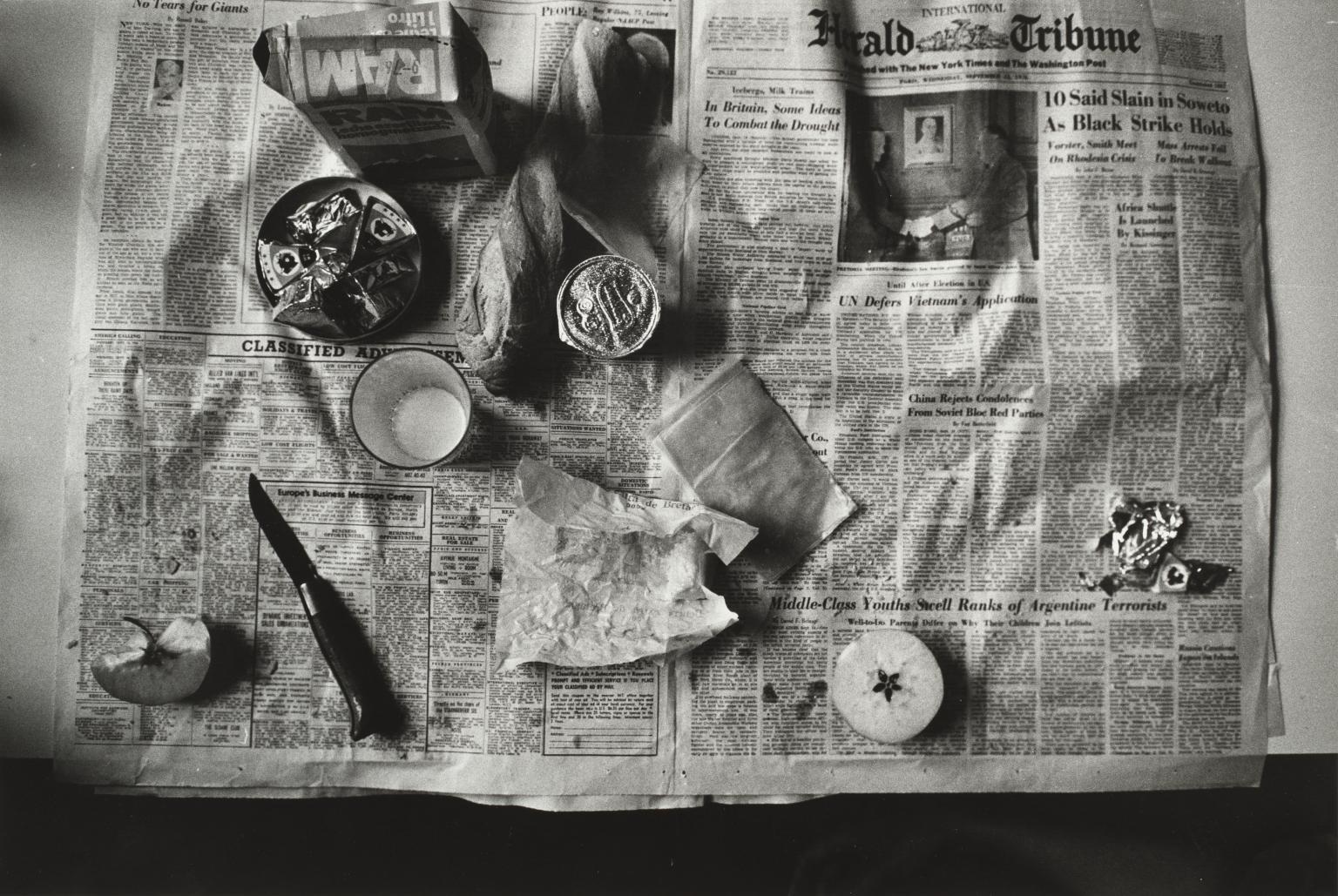
Josef Koudelka, France 1976
20/20
artworks in Photography & Environment
Art in this room

Sorry, no image available
Sorry, no image available


Sorry, no image available
Sorry, no image available






Sorry, no image available
Sorry, no image available
Sorry, no image available
Sorry, no image available



You've viewed 6/20 artworks
You've viewed 20/20 artworks
